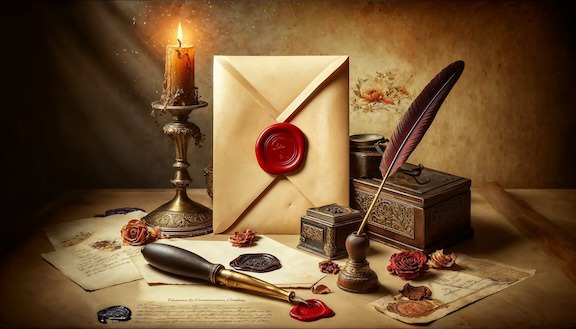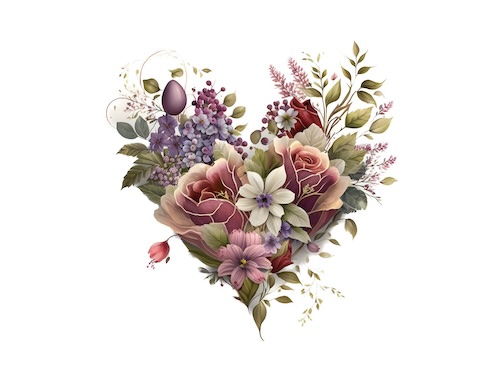In an era where digital communication dominates, the art of sending a physical greeting card sealed with wax holds a special charm and significance. This timeless practice, reminiscent of historical correspondences, adds a personal and elegant touch to your messages. Whether it’s a wedding invitation, a thank you note, or any special occasion card, sealing it with wax lends an air of formality and care. But when is the right time to use a wax seal, and how do you do it properly? Let’s explore a bit of the history, the process, and the current significance of using wax seals on cards.

The History of Wax Seals
The use of wax seals dates back to the Middle Ages, serving as a personal signature and a means of securing letters and documents. Originally, seals were the domain of royalty, bishops, and aristocrats, but over time, their use spread to the broader population. Seals were a way to ensure confidentiality, verify the authenticity of a document, and protect against tampering. They carried legal weight and were often embossed with a family crest, monogram, or other significant symbols.
The Right Time for a Wax Seal
Wax seals are perfect for adding a touch of sophistication to any correspondence, but they are particularly fitting for special occasions. Wedding invitations, graduation announcements, milestone birthdays, and holiday greetings are all ideal opportunities to use a wax seal. The seal not only secures the envelope but also sets the tone for the event or message it precedes. It signifies that what’s inside is not just important but cherished.
The Process of Sealing with Wax without Fire
Creating a wax seal on your greeting cards or invitations adds an unmistakable touch of class and tradition. With advancements and conveniences in the sealing process, there’s no longer a need for a spoon to melt the wax. Here’s how you can achieve a perfect wax seal with ease:
- Materials Needed: Gather your wax seal stamp, sealing wax sticks or beads, and a source of heat. Modern sealing wax sticks are designed to be used in a glue gun, which offers a cleaner and more controlled way to apply wax. Alternatively, sealing wax beads can be melted in a dedicated wax melting furnace.
- Melting the Wax: If using a glue gun, insert the wax stick into the gun as you would with a glue stick. Allow the gun to warm up, then gently squeeze the trigger to release the melted wax onto your envelope or paper. For beads, place a handful into the furnace and wait for them to melt completely.
- Applying the Wax: Carefully dispense the melted wax onto the desired area of your envelope or paper. Aim to pour a small pool of wax that’s slightly larger than the size of your stamp. The advantage of using a glue gun or furnace is the ability to control the amount of wax released, ensuring a consistent size and shape each time.
- Stamping the Wax: Press your seal stamp firmly into the wax. Hold it in place for a few seconds to allow the wax to begin cooling. This pause helps in achieving a clear, detailed impression when you gently lift the stamp away.
- Letting It Dry: Wait for the wax to cool and harden completely before touching. This ensures your beautiful seal remains intact and looks professionally done.
This updated method removes the need for a spoon and open flame, making the sealing process safer and more accessible. It’s an effortless way to add a personal touch to any correspondence, bridging the gap between traditional elegance and modern convenience.
The Current Meaning of Wax Seals
Today, wax seals are no longer required for legal or official purposes but have found a new life in the realm of aesthetics and personal expression. They imbue a sense of nostalgia and craftsmanship, echoing a time when communication was more deliberate and personal. The use of a wax seal today symbolizes attention to detail and a desire to make the recipient feel valued and special. It transforms a simple card or letter into a keepsake, a tangible expression of the time and thought put into it.
Incorporating a wax seal into your greeting cards and invitations is a beautiful way to elevate your correspondence, blending tradition with personal expression. Whether for a grand event or a simple note of appreciation, a wax-sealed envelope is a gesture that resonates with warmth and elegance, leaving a lasting impression on its recipient.
Please note that if you purchase from clicking on the link, some will result in us getting a tiny bit of that sale to help keep this site going.

